I am developing a multi-step data pipeline that should optimize the following process:
1) Extract data from a NoSQL database (MongoDB).
2) Transform and load the data into a relational (PostgreSQL) database.
3) Build a data warehouse using the Postgres database
I have manually coded a script to handle steps 1) and 2), which is an intermediate ETL pipeline. Now my goal is to build the data warehouse using the Postgres database, but I came across with a few doubts regarding the DW design. Below is the dimensional model for the relational database:
There are 2 main tables, Occurrence and Canonical, from which inherit a set of others (drawn in red and blue, respectively). Note that there are 2 child data types, ObserverNodeOccurrence and CanonicalObserverNode, that have an extra many-to-many relationship with another table.
I made some research regarding how inheritance should be implemented in a data warehouse and figured the best practice would be to merge together the family data types (super and child tables) into a single table. Doing this would imply adding extra attributes and a lot of null values. My new dimensional model would look like the following:
Question 1: Do you think this is the best approach to address this problem? If not, what would be?
Question 2: Any software recommendations for on-premise data warehouses? (on-premise is a must since it contains sensitive data)

